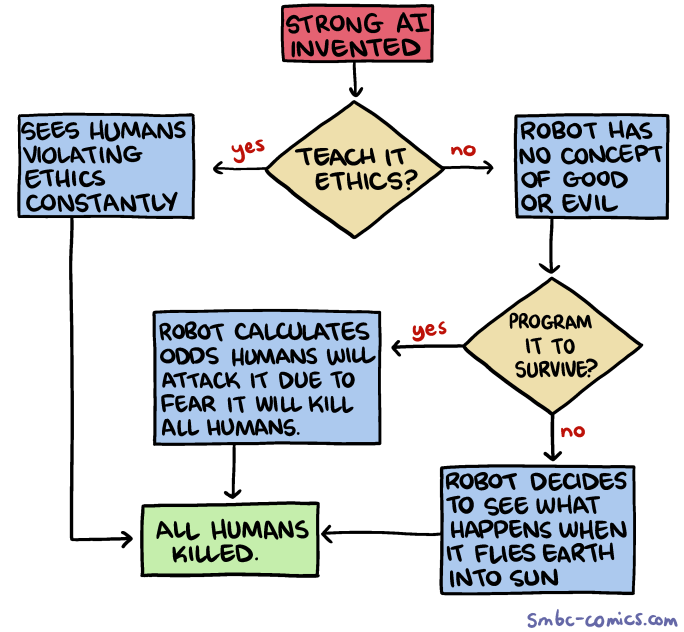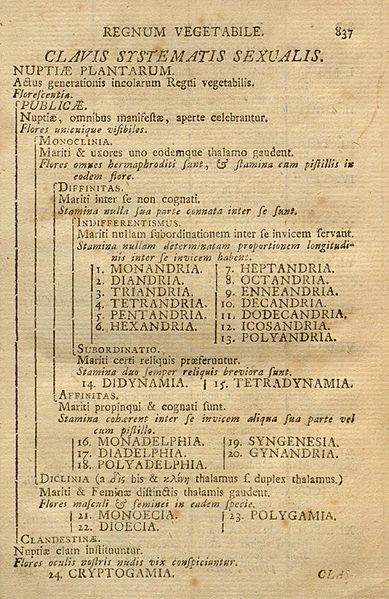A Knowledge Compilation Take on Binary Polynomial Optimization
Florent Capelli
joint work
with Alberto Del Pia and Silvia di Gregorio
Université d’Artois - CRIL
September 12, 2024
Binary Polynomial Optimization
Problem definition
Binary Polynomial Optimization problem:
where is a polynomial.
Observation: may be assumed to be multilinear since over
where
Example
| 0 | 0 | 0 | 0 |
| 0 | 0 | 1 | 0 |
| 0 | 1 | 0 | 0 |
| 0 | 1 | 1 | 0 |
| 1 | 0 | 0 | 3 |
| 1 | 0 | 1 | 1 |
| 1 | 1 | 0 | 3 |
| 1 | 1 | 1 | 2 |
are maximal
Complexity of BPO
Bad news: Solving BPO is NP-hard.
Intuition: a polynomial can encode many things:
- encodes on
- For a graph , with vertices and edges iff encodes a vertex cover of
- is maximal at iff encodes a minimal vertex cover!
Solving BPO as ILP
BPO is a non-linear optimization problem.
Make it linear so that we can use LP solvers!
rewrites as:
such that
and
for and
for and
Integer Linear Program solvers can now solve it!
They may stall on known-to-be easy instances. Is there an alternative way?
BPO as a Boolean Function Problem
Boolean Function
is a Boolean function on variables .
An assignment satisfies iff .
Example
| x | y | z |
|---|---|---|
| 0 | 0 | 0 |
| 0 | 0 | 1 |
| 0 | 1 | 0 |
| 0 | 1 | 1 |
| 1 | 1 | 1 |
Represented as a formula or by
Weighted Boolean Function
For and consider:
Example
- ,
- ,
- ,
- ,
- ,
| x | y | z | ||
|---|---|---|---|---|
| 0 | 0 | 0 | ||
| 0 | 0 | 1 | ||
| 0 | 1 | 0 | ||
| 0 | 1 | 1 | ||
| 1 | 1 | 1 | ||
| 30 | ||||
Algebraic Model Counting
where is a semi-ring
That is:
- commutative, associative
- ,
- distributes over : .
Examples
- Any fields, e.g.,
- Arctic semi-ring:
AMC over -semiring
This is an optimization task!
Example
- ,
- ,
- ,
- ,
- ,
| x | y | z | ||
|---|---|---|---|---|
| 0 | 0 | 0 | ||
| 0 | 0 | 1 | ||
| 0 | 1 | 0 | ||
| 0 | 1 | 1 | ||
| 1 | 1 | 1 | ||
| 9 | ||||
Encoding BPO as Boolean function
Example:
- , and .
- for every other values.
For every we have and
Example
For :
- if then
- hence !
Formal encoding
For define:
where
encodes !
and on as:
- and
- for .
BPO as a Boolean Function
over the -semiring.
The underlying algorithmic toolbox is very different from ILP solvers providing new insights.
We can use existing toolbox for AMC to solve BPO
- theoretical results
- AND practical results
Knowledge Compilation how to solve AMC
Representing Boolean functions
How can we represent Boolean function:
So far we have seen: list every satisfying assignment of (aka Truth Table)
- Easy to manipulate since the representation is explicit
- Not compact
CNF Formulas
where is a literal or for some variable .
Examples
The SAT Problem
CNF formulas are extremely simple yet can encode many interesting problems.
Cook, Levin, 1971: The problem SAT of deciding whether a CNF formula is satisfiable is NP-complete.
Valiant 1979: The problem #SAT of counting the satisfying assignment of a CNF formula is #P-complete.
- Very unlikely that efficient algorithms exists for solving SAT / #SAT
- Thriving community nevertheless addresses these problems in practice
- SAT Solver very efficient in many applications
Relevance of CNF formulas
- Natural encoding: succinctly encodes many problems, witnessed by the many existing industrial benchmarks.
- Intractable for algebraic model counting
Looking for tradeoffs between Truth Tables and CNFs!
Circuit Based Representations
Research has focused on factorized representation.


An example
Data structure based on decision nodes to represent “ is even”.
Path for , and is accepting.
OBDDs
Previous data structure are Ordered Binary Decision Diagrams.
- Directed Acyclic graphs with one source
- Sinks are labeled by or
- Internal nodes are decision nodes on a variable in
- Variables tested in order.
Counting with OBDDs
How many -matrices have a row full of ones?
Tractability of OBDDs
This idea can be generalized to any OBDDs:
Let be a function computed by an OBDD having edges. We can compute with arithmetic operations.
Generalises to many tasks:
- Evaluate if probabilities are given for each
- Enumerate
- Algebraic Model Counting on any semi-ring.
Back to BPO
where
- and otherwise
Solving BPO:
- transform into an OBDD
- compute via dynamic programming on the OBDD itself
A Knowledge Compiler for OBDD
Exhaustive DPLL with Caching based on Shannon Expansion:
This scheme is parameterized by:
- caching policy
- branching heuristics
Exploiting decomposition
For many tasks, such as model counting, it is interesting to detect syntactic decomposable part of the formula, that is:
and
- decDNNF: OBDD + -gates decomposable
- Still allows for algebraic model counting via the identity
- Compilers can be adapted to detect this rule.
The D4 compiler
D4 is a top-down compiler as shown earlier:
- Use oracle calls to a SAT solver with clause learning to cut branches and speed up later computation
- Use heuristics to decompose the formula so that it breaks into smaller connected components.
| instance | d4 (s) | scip (s) |
|---|---|---|
| bernasconi.20.3 | 0.002 | 0.01 |
| bernasconi.20.5 | 0.04 | 8.91 |
| bernasconi.20.10 | 1.21 | 119.20 |
| bernasconi.20.15 | 14.92 | 479.15 |
| bernasconi.25.3 | 0.00 | 0.01 |
| bernasconi.25.6 | 0.19 | 151.65 |
| bernasconi.25.13 | 12.59 | 1 698.18 |
| bernasconi.25.19 | 442.26 | TIMEOUT |
| bernasconi.25.25 | TIMEOUT | TIMEOUT |
This only illustrates that the underlying structure of Bernasconi instances is better addressed using heuristics from model counting than the ILP approach.
Tractability results
Tractable classes of BPO
is a hypergraph.
Exploit the structure of to solve BPO more efficiently.
A toy example
Tree BPO: BPO problem where is a tree.
Example:
Many Known Tractable Classes
has tree width : BPO can be solved in time .
is -acyclic: BPO can be solved in time .
Dedicated algorithm for each class.
A strange symmetry
Very similar results from Boolean function literature:
If a CNF has tree width then one can construct a DNNF for of size .
If a CNF is -acyclic then one can construct a DNNF for of size .
Is there a connection?
Encoding BPO as a CNF
For define: where
can be encoded as the conjunction of:
- for every
is naturally encoded as a CNF that preserves tree width.
Tractability of BPO via KC
Every known tractability for BPO can be recovered in our framework as follows:
- Encode as a CNF formula
- Transform into a polynomial size tractable representation using known results
- Solve AMC on
And we get new tractability results for structure that where not known to make BPO tractable.
Beyond BPO
KC approach very versatile:
- Solve top-k BPO: find the best solutions of by finding the best in the circuit
- Solve BPO + Cardinality constraints: where by transforming the circuit
- Solve pseudo BPO: can contains monomial of the form
Conclusion
Connection between BPO and Boolean functions:
- Recover known results and generalize them using the existing rich literature
- Seems to have practical relevance
Perspective:
KC only exploits combinatorics of the underlying Boolean function. How could we mix existing more algebraic techniques?